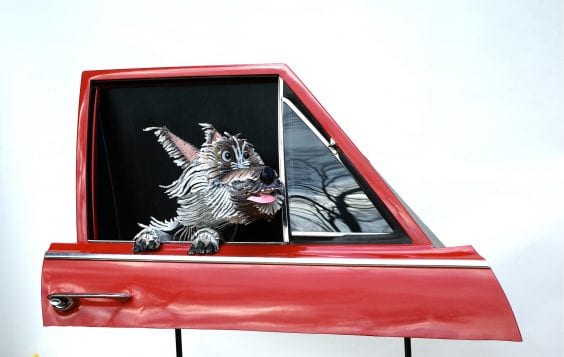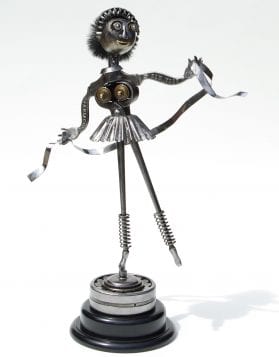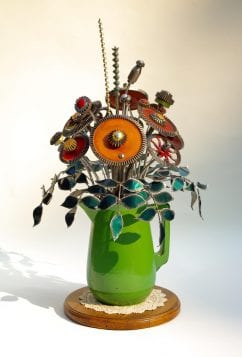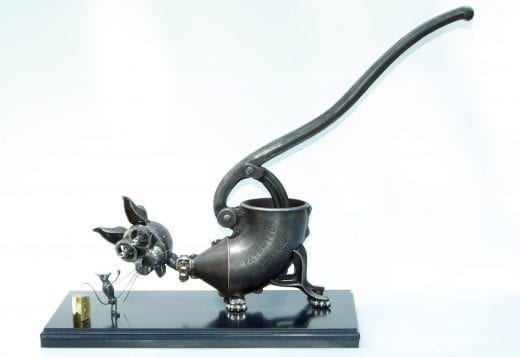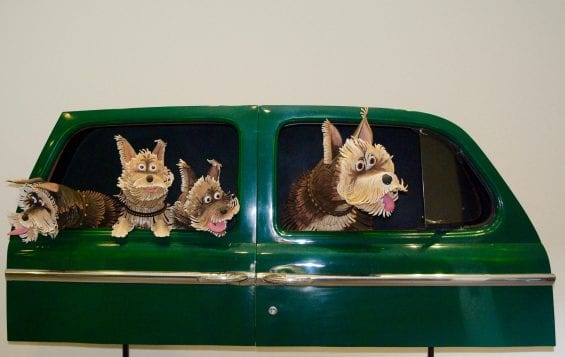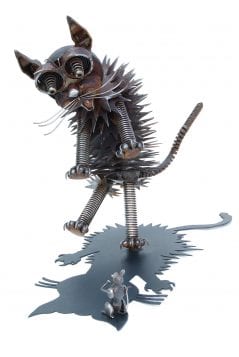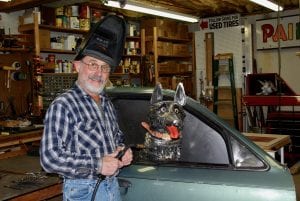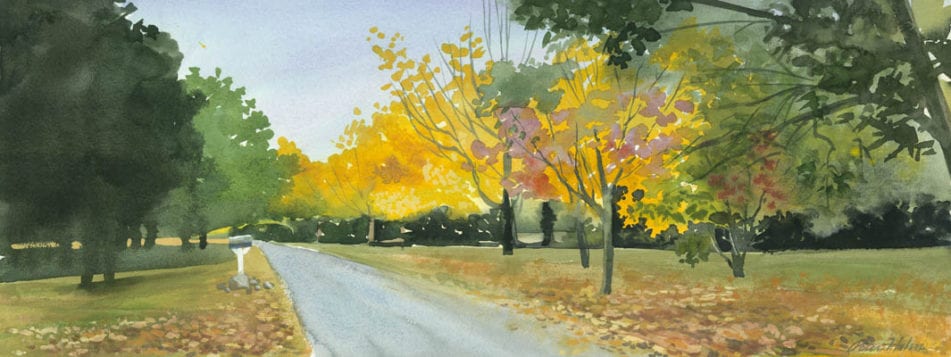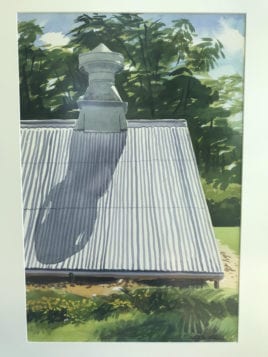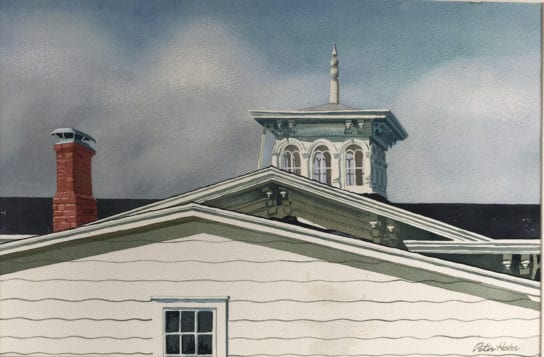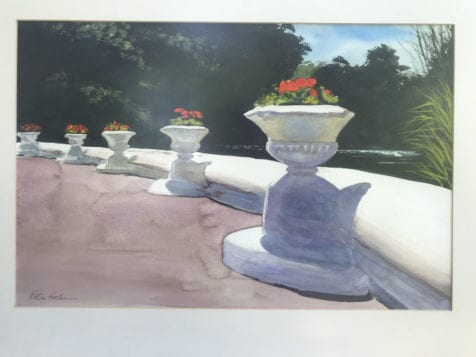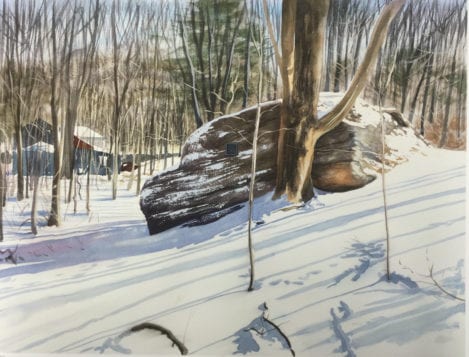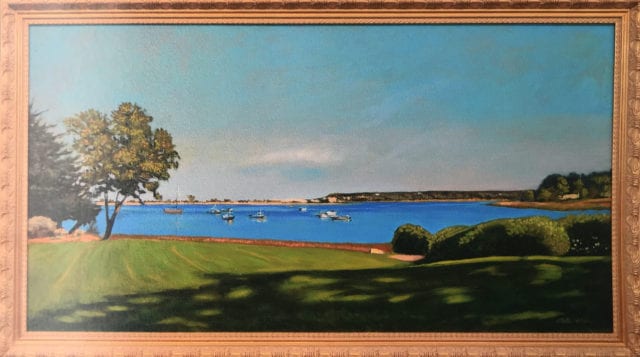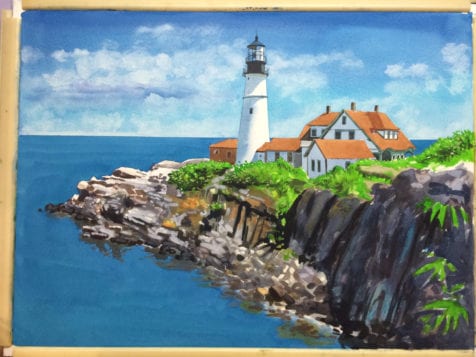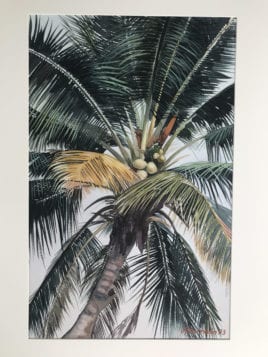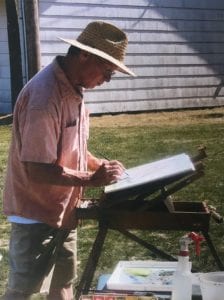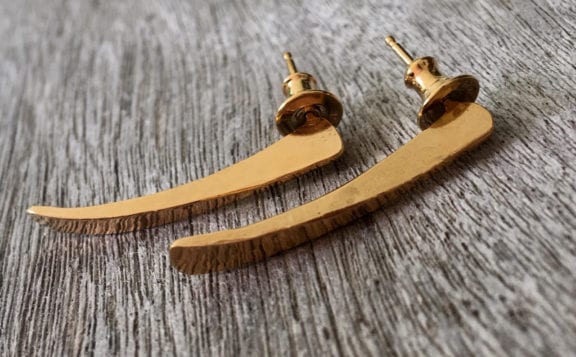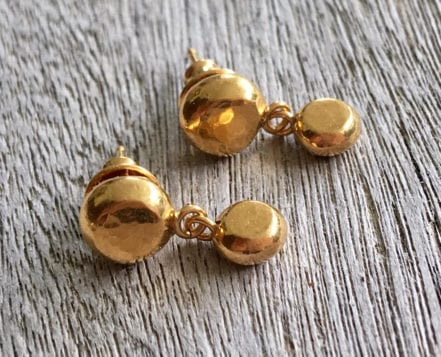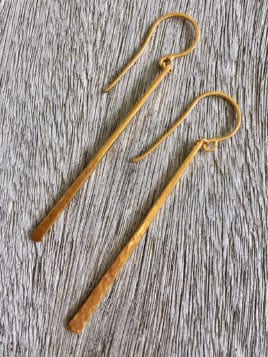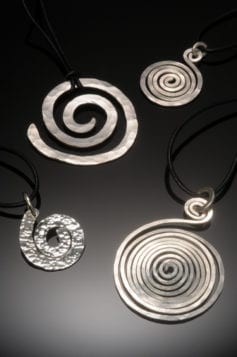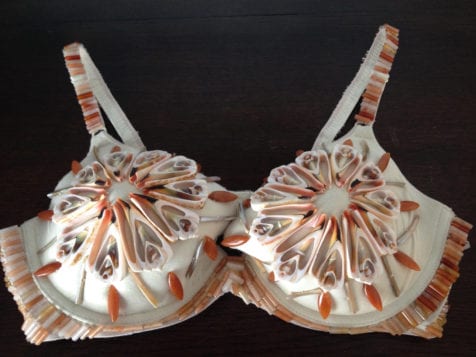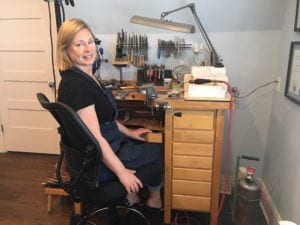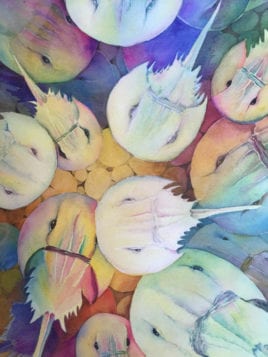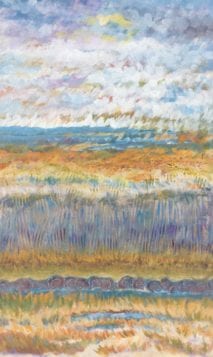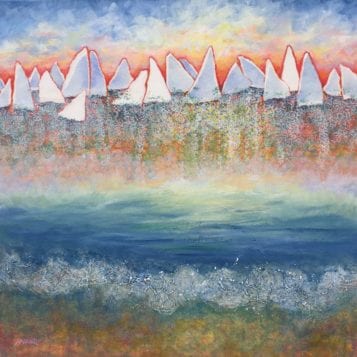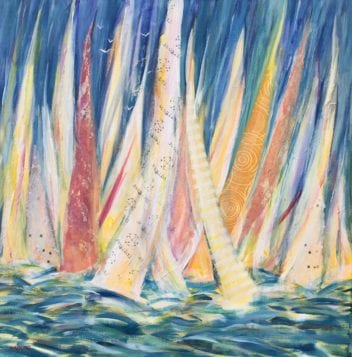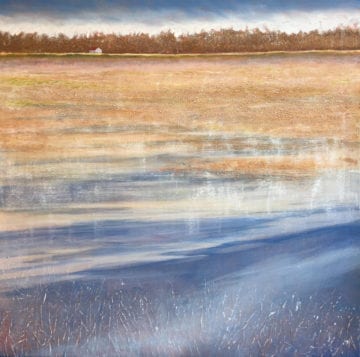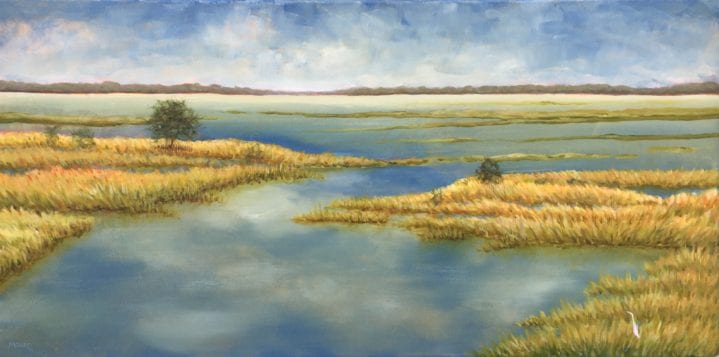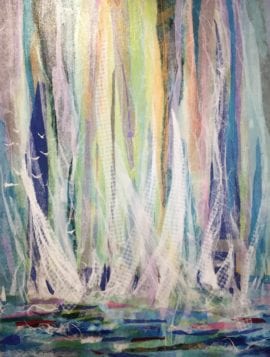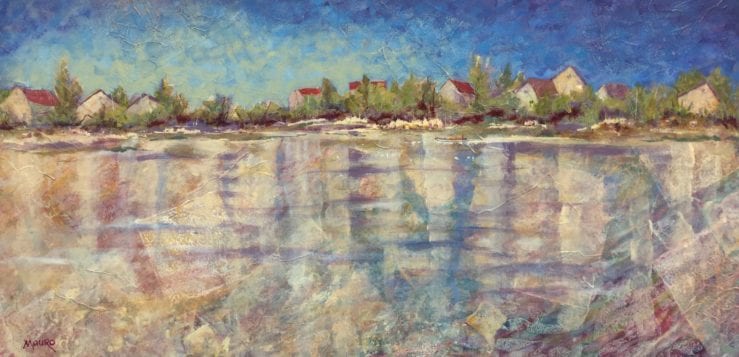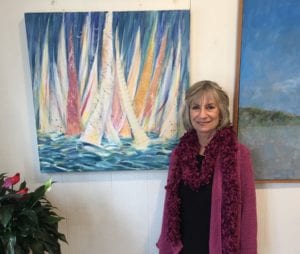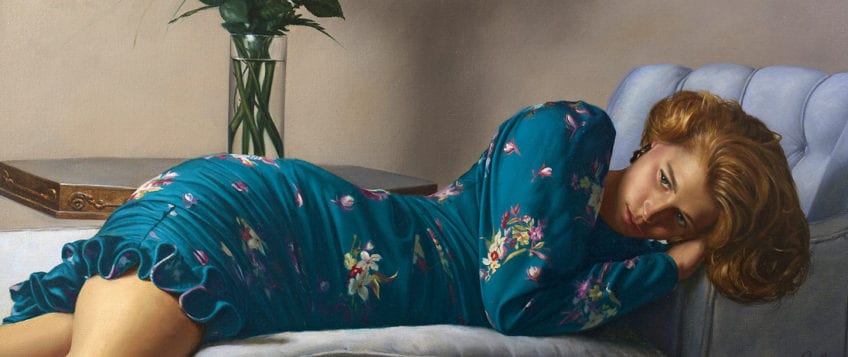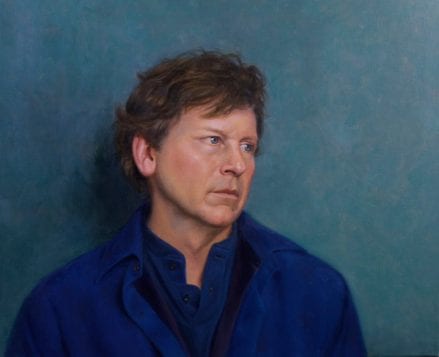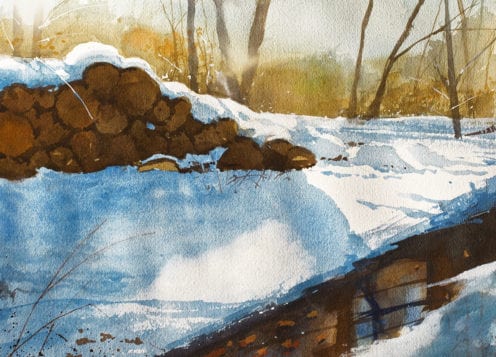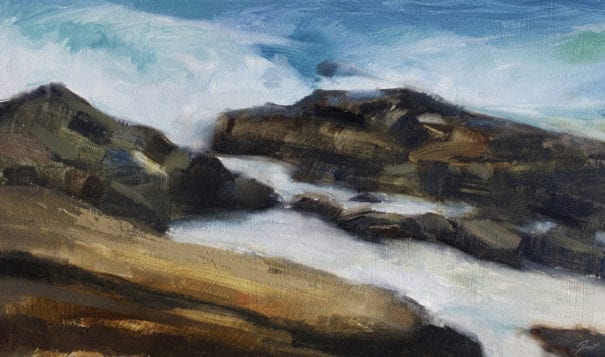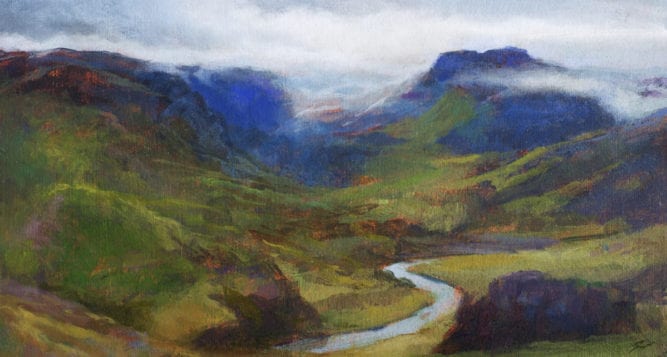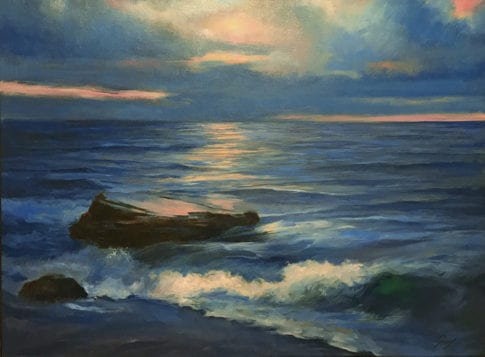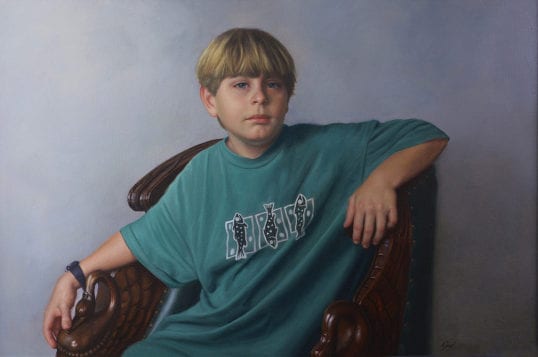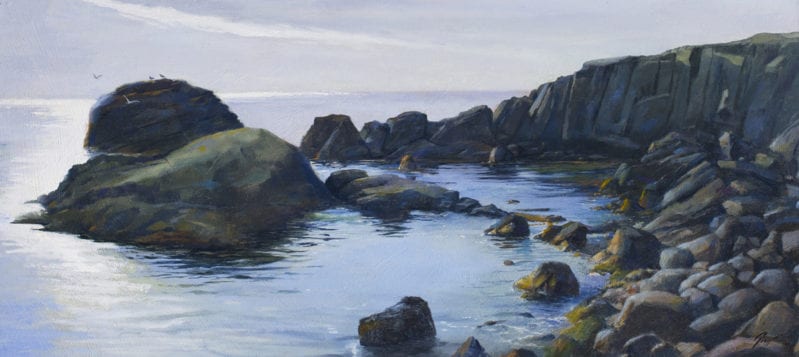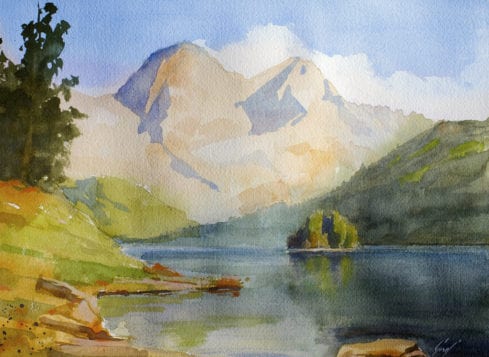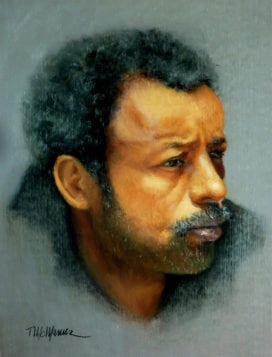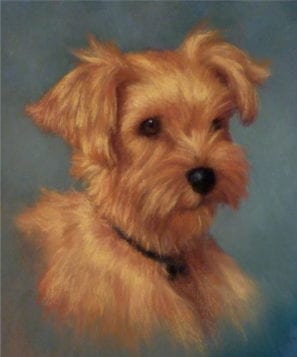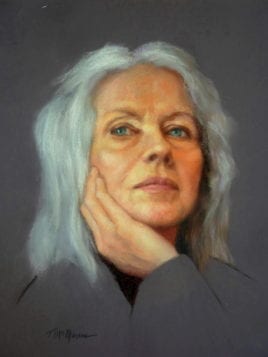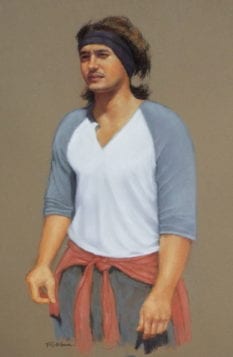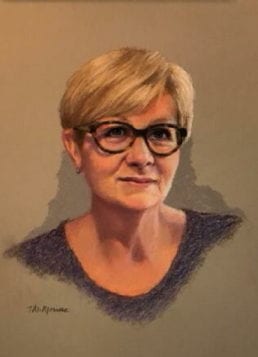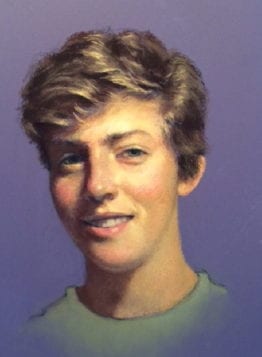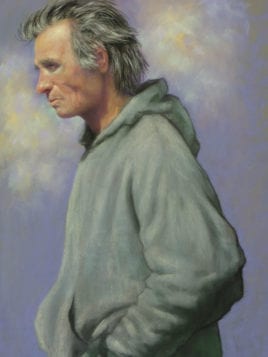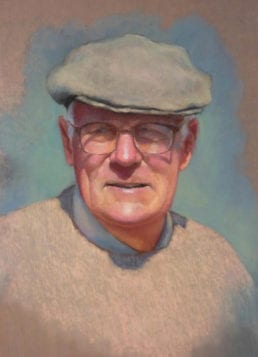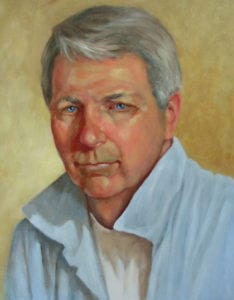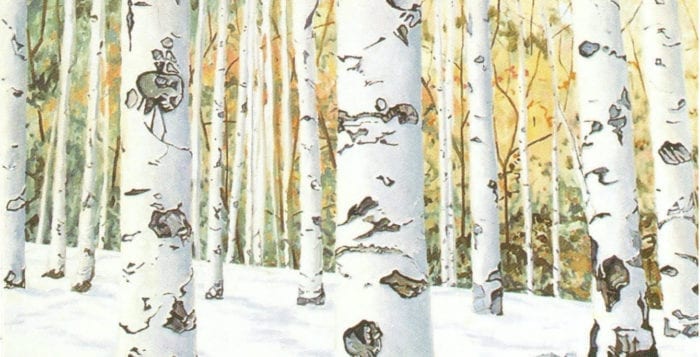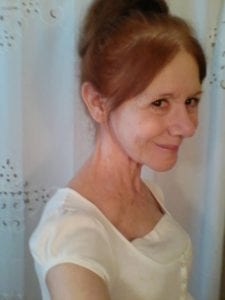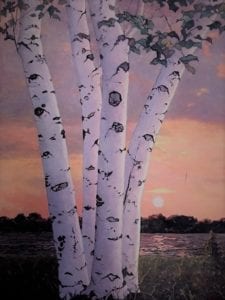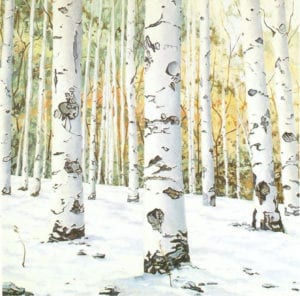By Irene Ruddock
After spending his childhood in Port Jefferson, artist Dino Rinaldi studied art at the University of South Florida. Upon graduating, he exercised his artistic creativity by pursuing a career in advertising as an illustrator and sales representative. While also creating television commercials, he devoted his spare time studying fine art with renowned artists at the Art Students League of New York City. After twenty-five years of intense study, Rinaldi moved to Setauket. While living on a nature preserve with his wife and daughter, he is happy to devote himself to drawing and painting.
Were you interested in art as a child?
From an early age I was attracted to art. I drew as a teen and some of my best pieces were created on desktops in high school. Boy, I would love to see some of them now! But what impressed me the most was my Italian grandfather’s pastel portrait and landscapes that sadly disappeared over the years. Both of my parents painted, so the talent apparently has been passed down. However, my mother was the driving influence in me pursuing art throughout my life.
Who influenced you while you studied at the Art Students League?
I started at the League where I discovered a world that I had no idea existed. The talent was intimidating but I was welcomed in by all and turned the intimidation into the goal of being the intimidator! I moved from one teacher to another until I discovered Costa Vavagiakis for figure drawing and Nelson Shanks for color theory, learning techniques that nobody had taught me before.
How did you transition from the advertising world to full time painting?
I noticed people were expendable in that business. I needed an escape plan and a second career that I could pursue anywhere in the world. While hitting my most lucrative stride, I quit the ad business at age 42 and went back to the art school full time, intensely learning for eight months.
After living in New York, what drew you back to Long Island?
At 48, I met my wife Hazel and at 49 my daughter Lia was born. Not wanting to raise Lia in the city, I returned to my home town area. Having grown up in Belle Terre and finding it magical, we found the artists’ dream setting, Miller’s Cottage in Frank Melville Memorial Park, East Setauket. I still work in the ad business, but now work in the seclusion of my studio.
How does living in a nature preserve impact your painting?
Although I hadn’t taken a course in landscape, I knew the allure and dreamlike beauty of the surrounding area would have to be painted. I watched instructional videos, while applying my previously acquired skills and set out with my easel. I love being outside so landscape painting was a natural progression. Hearing swans taking off on the pond and an owl that likes to say hello around 11 p.m. always makes me smile and gives me inspiration to paint.
Tell us about painting local scenes.
I have painted and drawn the Belle Terre Gates in Port Jefferson many times, loving every stroke and remembering back to my childhood. Painting the cove at the end of Cliff Road also holds some of my fondest memories.
You are also known for your paintings of animals. Do you have many commissions for those?
I have a pretty steady clientele who commission me to draw their horses and dogs. The number of people requesting pencil portraits of a family member is gaining momentum. Relatives, famous musicians, artists, and celebrities are among the most requested.
How would you describe your style of painting?
I feel I have yet to hit my stride on one subject are or even one style, but continue to grow and hone my skills with the goal of creating something each painting better than the last one.
You exhibit many beautiful still life paintings in a box. How did this genre come about?
While living in SoHo, I took a walk to Houston Street where people were selling goods. I suddenly saw an old box with a wonderful patina. I was told it was from the 1800’s and “very rare.” After much haggling, we settled on $10. I told the man I was going to paint a still life in the box and paint so many that I would turn the $10 purchase to $10,000. I ended up selling the first one for at the Art Students League for $600. Only $9,400 to go! Since then, I have painted close to 100 objects in the box and the amount must be close to $100,000 in sales.
Since you don’t often enter shows or work with a gallery, how do you seek out opportunities to sell your work or cultivate a collector base?
When it comes to selling my work I found a worldwide audience through Facebook, Instagram, and Saatchi Art online. I love interacting with my over 4,500 friends from around the globe on Facebook: Dino Rinaldi Art. I also have lawn exhibits outside the cottage in the park where my daughter joins me.
Is your daughter following in your family’s footsteps?
My daughter has begun taking her art seriously, often accompanying me with her pink easel to paint various spots in this stunning park. She has already sold 6 pieces! A fine start indeed!
What qualities does a painting to have to satisfy your standards?
Before setting out to paint, I ask myself “Would it be something I want on my walls?” Another criteria is that it must be a great drawing or painting. If the work fails to meet these two criteria, I put it aside and re-use the canvas. I am my toughest critic.
What advice would you give to your younger self?
If I had a chance I probably tell a younger Dino to focus more on art at an earlier age, save your money for a rainy day so you could escape the city earlier for the peaceful life at Setauket, and to keep my head down longer on my chip shots!
Is there one habit that helps or hinders your creativity?
Determination! I paint and draw as many as a hundred hours a week, working late into the night while listening to music. I learned that when you can do something you love, it is no longer a job but a passion.
What role does art have in society?
I have used my art toward helping charities whenever possible. I began a friendship with Petra Nemcova, a model who lost her fiancé in the tsunami almost a decade ago. I was so moved, I set up an art show at Guava Studios and was able to raise $13,000 toward building a school in Thailand.
That is a wonderful achievement! I have heard that you also give to other charities as well.
I have donated to horse rescues and other animal rescues. I think it is a natural progression to want to help people even as I sometimes struggle to make money; rarely do I question if it is the right move.
What are your future aspirations as an artist?
My goal has been to always to enjoy my life in the fullest manner possible while also being able to spend more time with my wife and daughter. I want to sell enough art to pay the bills and keep me in cadmium red! By continuing to study the old masters, I will someday reach my goal of fame and fortune.

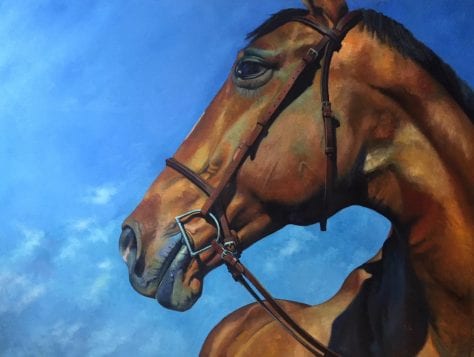
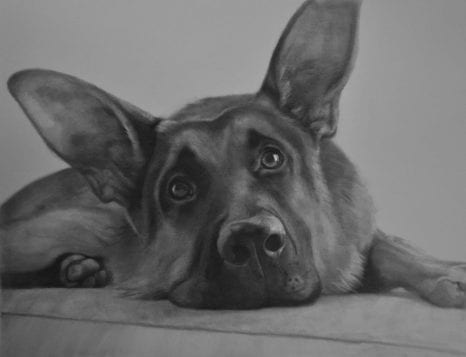
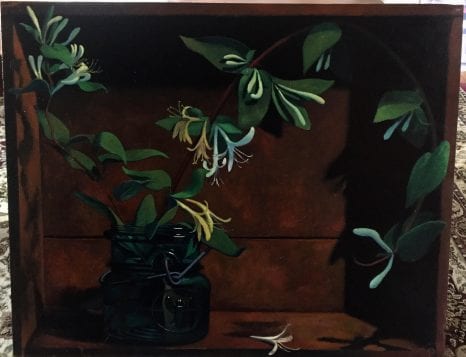
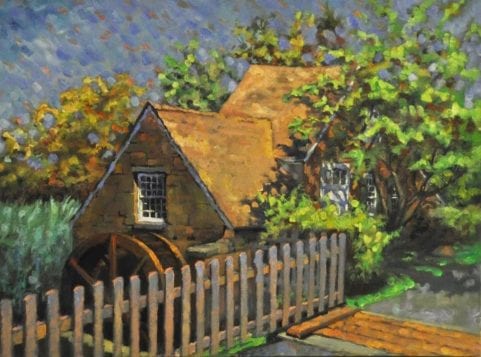
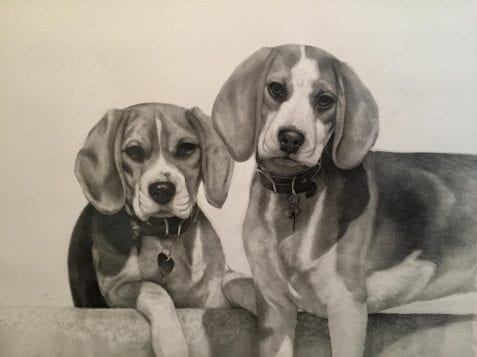
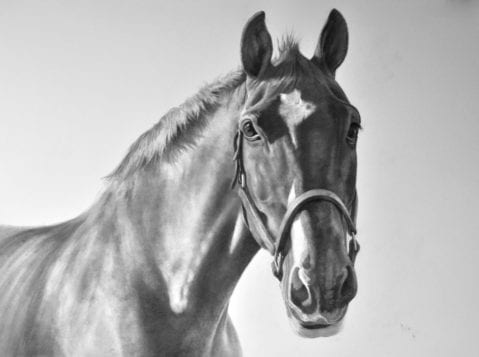
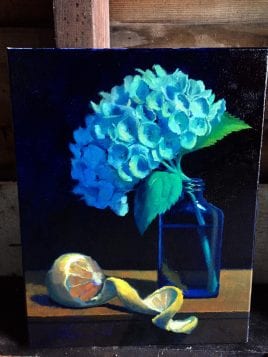
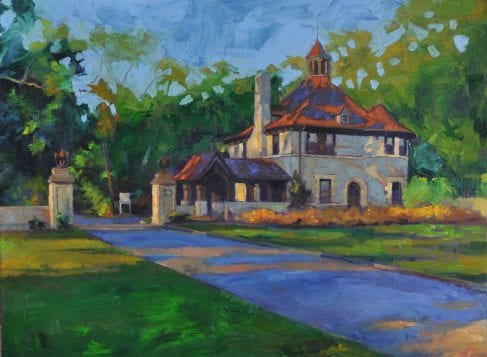
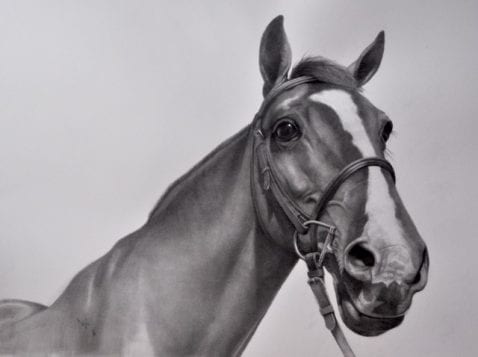
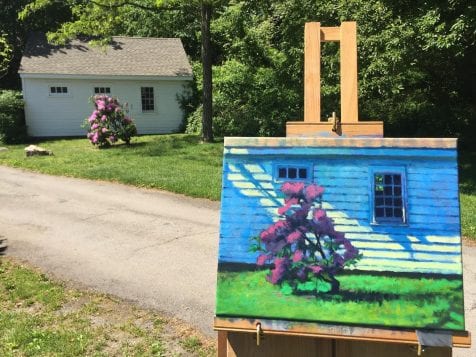
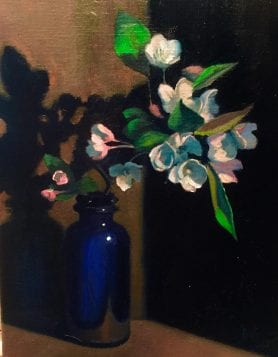
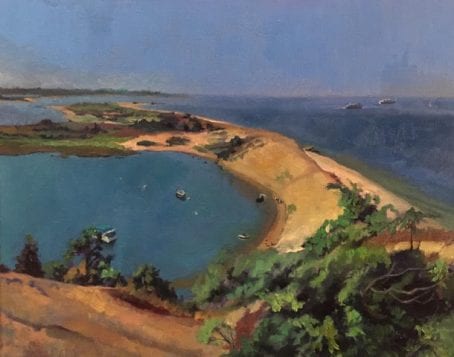
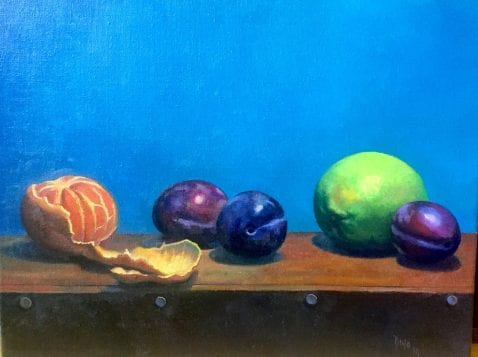
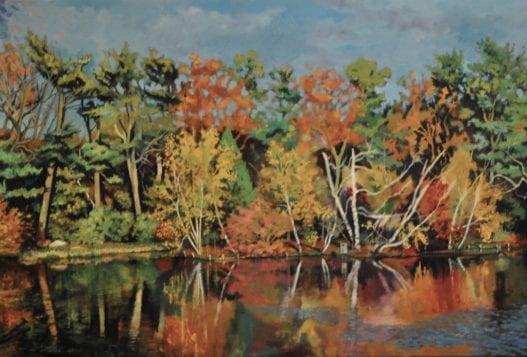
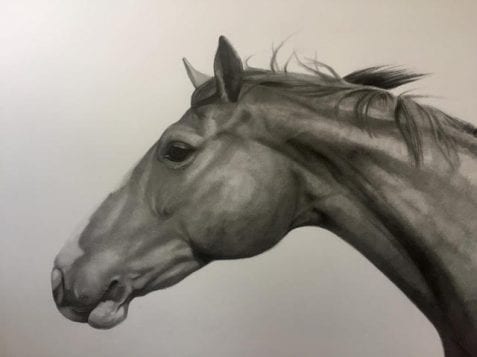
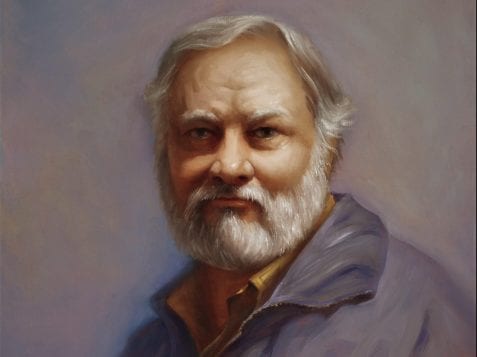
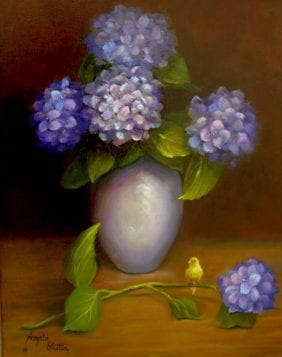
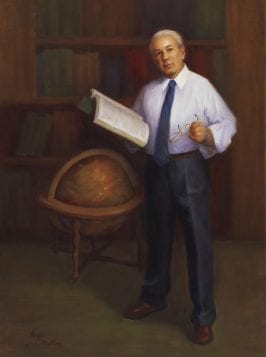
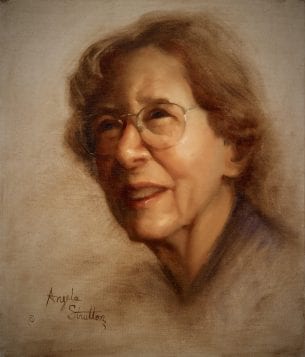
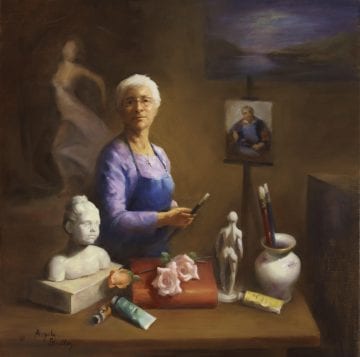
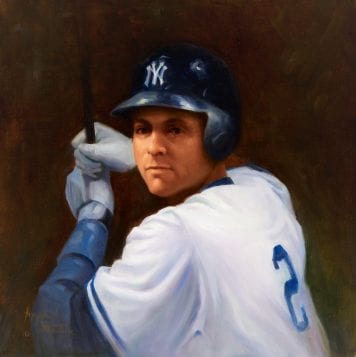
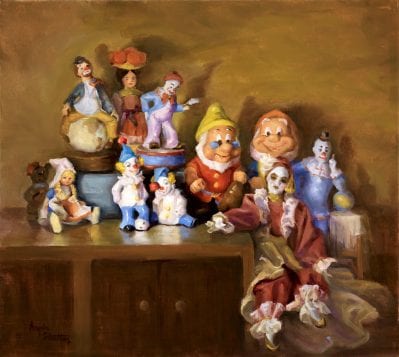
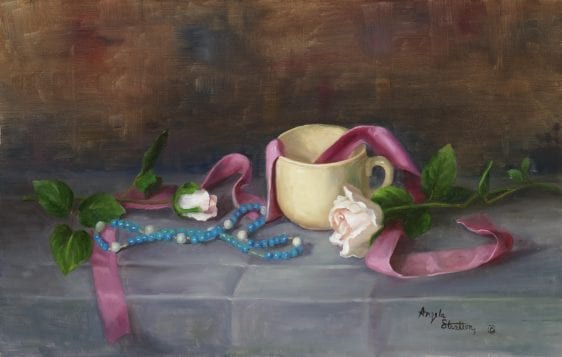
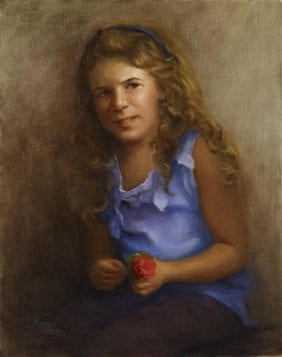
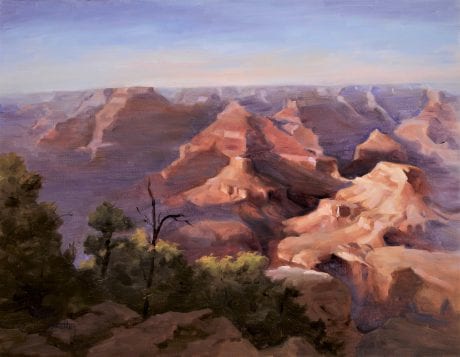
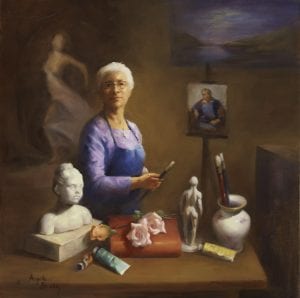
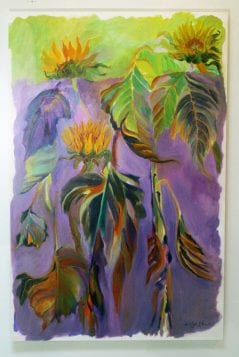
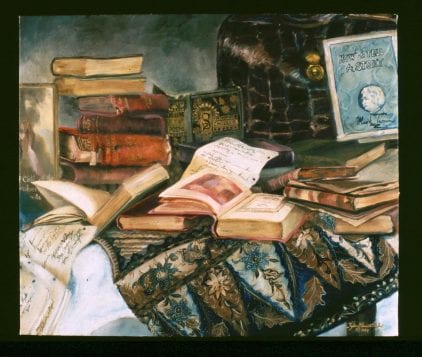
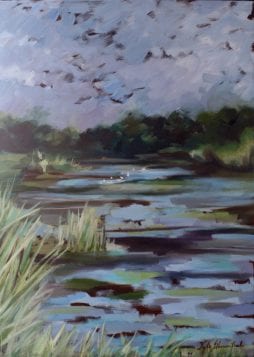
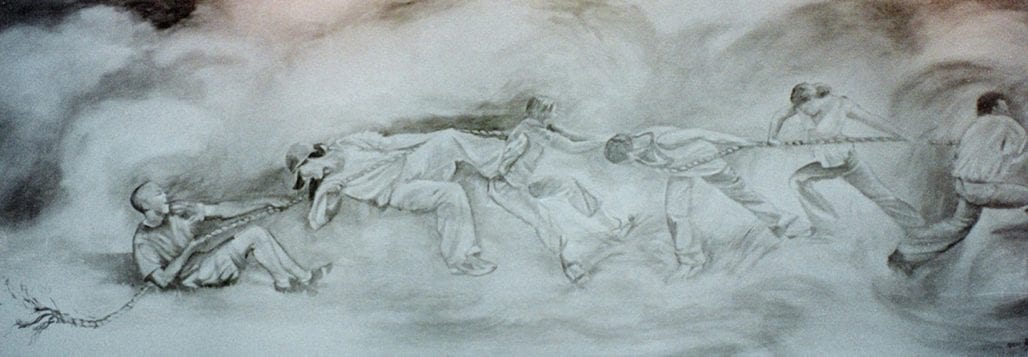
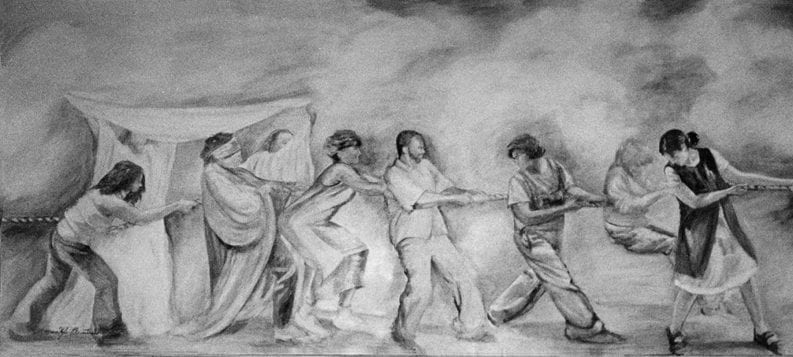
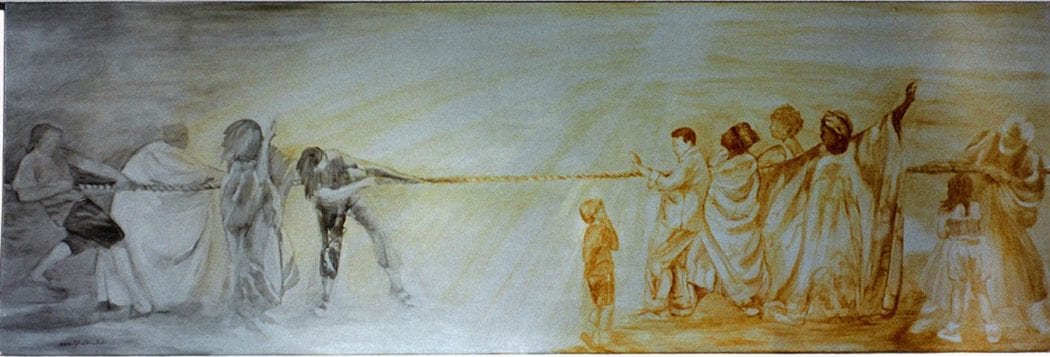
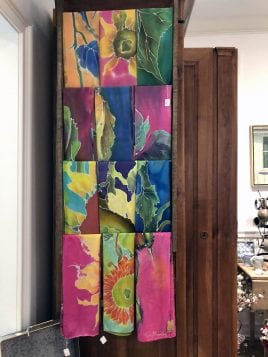
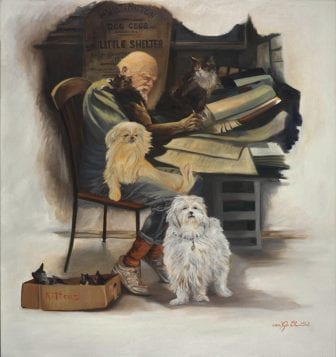
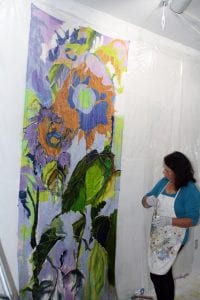 The artist at workI am immersed in art in all I do as art is infused in my soul. I dream of creating beautiful works of art which combine the visual arts, music, dance, painting, color and light. ~ Kyle Blumenthal
The artist at workI am immersed in art in all I do as art is infused in my soul. I dream of creating beautiful works of art which combine the visual arts, music, dance, painting, color and light. ~ Kyle Blumenthal